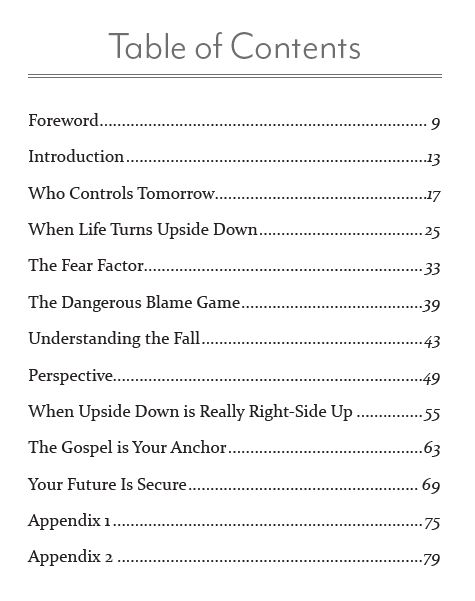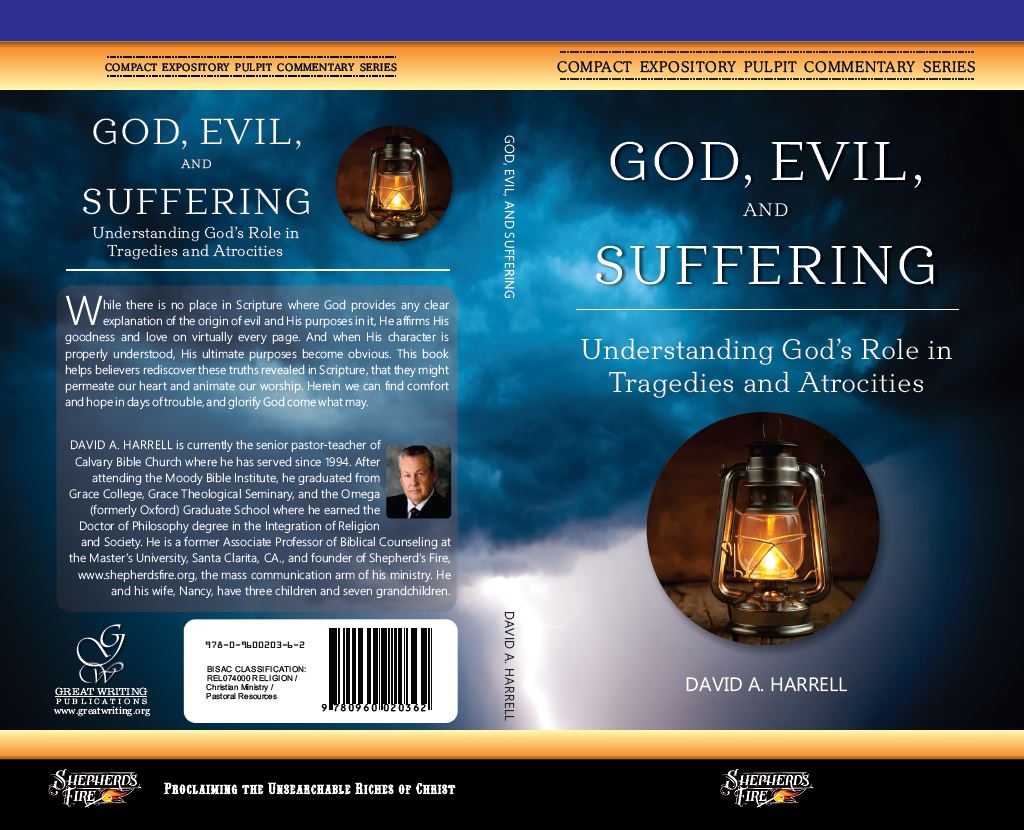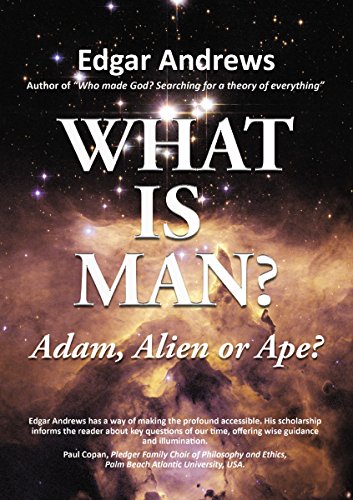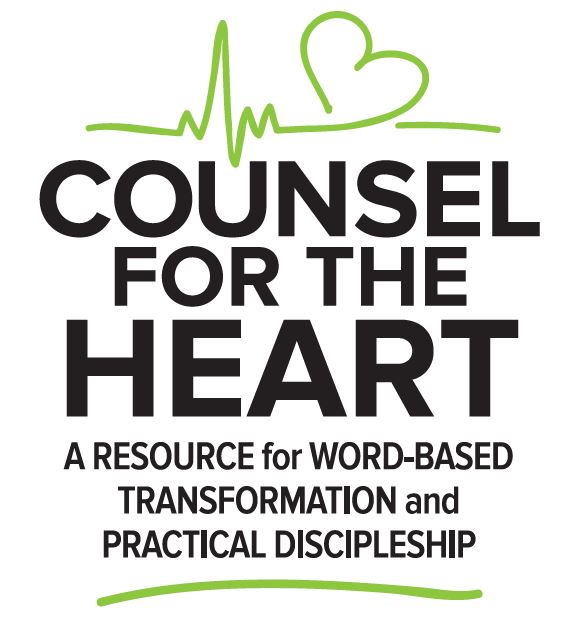Walking with Grace
In Box Alert
My laptop pinged as another cluster of emails landed in my in box. One of them in particular attracted my attention. It was from a respected associate, informing me that he knew of a young woman who had written a memoir and that she was seeking a publisher. Was I interested in the project? “Why would a young woman want to write a memoir?” I found myself wondering. As I perused the email further, the reason became evident. She was newly married, just in her early twenties, a gifted musician. As I reviewed her writing, I learned how late one afternoon as she navigated a pedestrian crossing on the way to a music recital where she was to play her violin, the trajectory of her life was dramatically changed as she entered a parabolic arc from the impact of a speeding motorist. She lay inert on the asphalt, her body crushed from the trauma.
Humanly speaking, Grace Utomo’s life could have ended that night. Traumatic Brain Injury is not a diagnosis anyone wants to undergo. When her family were called in to visit her in ICU, the nurses attending did not put any limit on the numbers of visitors permitted in the room—an ominous sign of the low level of life expectancy they anticipated.
Soon, hundreds—then thousands—of people were praying for Grace as she lay intubated in hospital. Ivan, her husband, had numerous friends praying on the other side of the Pacific (his family background is Indonesian), and other members of the family and friends soon mustered prayer support from many regions of the world.
As I continued reading about Ivan and Grace, and as I viewed Grace’s blog (HERE), I felt overcome by the magnitude of her story—weeks and months in hospital, the challenge of recuperation from strokes, the onset of migraine headaches, and a diagnosis of epilepsy—and with each of her blogs or Facebook posts, Grace’s face smiled radiantly from the pictures she posted.
“This project is too big for Great Writing,” I mused. “I must see if she would be interested in having this published through Shepherd Press.”
The consensus was a speedy yes—definitely a book for publication. And so the vision grew further. “Grace, we’d like to do this as a color illustrated book,” I communicated to her. “Do you have additional graphics to the ones we’ve already seen on your site and social media?” Did Grace have graphics? She sure did, evidenced by links she soon started sending me from her Google Drive folder. “You may use whatever you would like,” she announced.
And so the vision for Grace’s book was born. I knew straightaway that this would be an editing project for my wife, Sue, so some weeks later, the four of us—Ivan and Grace, Sue and I—were huddled over our devices on Facetime discussing developments and edits to enhance the already excellent writing that Grace had submitted.

Launching Live
There was a tense sense of excitement in the text that came from Keith Crosby, Grace’s dad. It informed me that there was the possibility of a live-radio broadcast launch of the publication of Walking with Grace. This would be via syndicated talk radio hosted by Craig Roberts (Life!Line / KFAX), with a listenership of hundreds of thousands of people in the San Francisco Bay area. In fact, the week that this was possible was the very week I would be present in southern California—the Los Angeles area—and in theory it would be a straightforward matter for me to add San Francisco and San Jose to my itinerary, but, as things worked out, I had already booked my southern California flights and there was no way I could factor in a visit to Grace’s book launch on that itinerary. But then I had an idea: why should I not make two visits from South Carolina to California the same week? I was game—and that way, Sue could join me.
So it was in early October that I found myself on another Delta flight heading out west for an overnight San Jose visit, this time with my beloved wife seated next to me. By then, my body clock was somewhat messed up, but it did not—not for even a millisecond—interrupt my enjoyment of being able to celebrate the launch of Grace’s beautiful and remarkable book.
There’s one more window on my work in this post: my phone pinged in the early hours of Saturday morning, just hours after the live radio launch of the evening before, notifying me that the Delta flight back to Atlanta was delayed by a couple of hours—and the knock-on effect was that we would not be able to make the connecting flight to Greenville. So, for another hour or more I was in a terse discussion (all by text and email chat) with a Delta rep who kindly and eventually secured flights for us back on two different carriers—United Airlines and American Airlines—via Dallas Fort Worth. The expression of relief on Sue’s face (and probably mine, too) was palpable once we had checked in at SFO and finally cleared a line of around 300 people waiting to go through the TSA checkpoint, and we were comfortably seated on United’s Airbus A319 and watching the Golden Gate Bridge slipping past in the distance. Thankfully, the rest of the trip was uneventful and a few hours layover in Dallas Fort Worth proved opportune for a welcome break, interesting conversations with strangers, and an eventual on-time return to Greenville, South Carolina.
Readers interested in buying a copy of Grace’s remarkable book may do so from Shepherd Press or Amazon.
- At GSP Airport en route at the beginning of the journey
- At the launch in San Jose
- Grace autographing copies with help from her mom
- Waiting for a book to be autographed
- Craig Roberts, the radio host (left), his assistant, Brian, (right) and Keith Crosby (center)
- Sue and some of the crowd who visited
- At SFO airport before returning to South Carolina
- Flying over northern California
- Approaching Dallas Forth Worth before making the final leg home to SC















 Several months ago, I received an inquiry about how to publish a book. It had a fascinating title: Ninety-Five Theses for a New Reformation–A Road Map for Post-Evangelical Christianity. With its depth and breadth of content, yet it’s surprisingly easy-to-read style (not to mention the author’s own poetic contributions–he is an accomplished poet) I needed little encouragement to help him in the process, and so we set to work to agree a design format and cover to present it with appeal, warmth, and gravitas. Don recently shared news of his book’s release under his own imprint, Semper Reformanda Publications. Here’s what he wrote:
Several months ago, I received an inquiry about how to publish a book. It had a fascinating title: Ninety-Five Theses for a New Reformation–A Road Map for Post-Evangelical Christianity. With its depth and breadth of content, yet it’s surprisingly easy-to-read style (not to mention the author’s own poetic contributions–he is an accomplished poet) I needed little encouragement to help him in the process, and so we set to work to agree a design format and cover to present it with appeal, warmth, and gravitas. Don recently shared news of his book’s release under his own imprint, Semper Reformanda Publications. Here’s what he wrote:
 John A. (Jay) Younts is the author of this book as well as other materials on parenting and the Christian life. He is an experienced blogger, having served Shepherd Press in this capacity for several years. He has been teaching and speaking on current issues for over thirty years. He serves as a ruling elder at Redeemer Associate Reformed Presbyterian Church in Moore, South Carolina. He and his late wife, Ruth, have five adult children.
John A. (Jay) Younts is the author of this book as well as other materials on parenting and the Christian life. He is an experienced blogger, having served Shepherd Press in this capacity for several years. He has been teaching and speaking on current issues for over thirty years. He serves as a ruling elder at Redeemer Associate Reformed Presbyterian Church in Moore, South Carolina. He and his late wife, Ruth, have five adult children.
 Dave is currently the senior pastor-teacher of Calvary Bible Church where he has served since 1994. After attending the Moody Bible Institute, he graduated from Grace College, Grace Theological Seminary, and the Omega (formerly Oxford) Graduate School where he earned the Doctor of Philosophy degree in the Integration of Religion and Society. He is a former Associate Professor of Biblical Counseling at the Master’s University, Santa Clarita, CA., and founder of
Dave is currently the senior pastor-teacher of Calvary Bible Church where he has served since 1994. After attending the Moody Bible Institute, he graduated from Grace College, Grace Theological Seminary, and the Omega (formerly Oxford) Graduate School where he earned the Doctor of Philosophy degree in the Integration of Religion and Society. He is a former Associate Professor of Biblical Counseling at the Master’s University, Santa Clarita, CA., and founder of 


 I first met Professor Edgar Andrews in 1999. I recall him, distinguished, articulate, erudite—in many ways, just what you might expect a professor to be. At the time, he was chairman of Evangelical Times and Evangelical Press. I had just relocated to England and was finding my feet in a new climate, adjusting to a new work situation, meeting new friends, discovering the joys of navigating around English traffic roundabouts (“Who gives way to whom, or do you just pray and take a chance?”) and experiencing many other new things. Our pathways would cross at occasional board meetings and when he would come to the Faverdale office in Darlington to oversee the production of the monthly paper.
I first met Professor Edgar Andrews in 1999. I recall him, distinguished, articulate, erudite—in many ways, just what you might expect a professor to be. At the time, he was chairman of Evangelical Times and Evangelical Press. I had just relocated to England and was finding my feet in a new climate, adjusting to a new work situation, meeting new friends, discovering the joys of navigating around English traffic roundabouts (“Who gives way to whom, or do you just pray and take a chance?”) and experiencing many other new things. Our pathways would cross at occasional board meetings and when he would come to the Faverdale office in Darlington to oversee the production of the monthly paper. I have worked with Edgar in lightly editing, reformatting, and republishing his most helpful book on Galatians (EP Books used to have it in the Welwyn Commentary Series—though Great Writing Publications it is titled Free in Christ—The Message of Galatians for Today) (more about that in another blog entry another time) and it’s on my radar soon to have his excellent commentary on Hebrews—A Glorious High Throne—back in print, also in the Great Writing Publications imprint.
I have worked with Edgar in lightly editing, reformatting, and republishing his most helpful book on Galatians (EP Books used to have it in the Welwyn Commentary Series—though Great Writing Publications it is titled Free in Christ—The Message of Galatians for Today) (more about that in another blog entry another time) and it’s on my radar soon to have his excellent commentary on Hebrews—A Glorious High Throne—back in print, also in the Great Writing Publications imprint.







Recent Comments